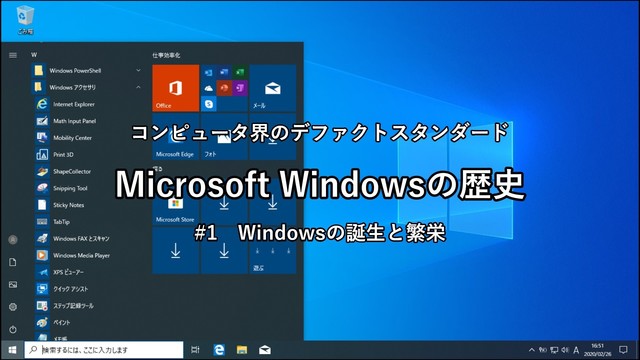
This means that a basket of goods and services that cost £100.00 in September 2014 would have cost £99.90 in September 2015. The CPI 12-month rate (the amount prices change over a year) between September 2014 and September 2015 stood at a negative 0.1%.

For more information see Users and uses of consumer price inflation statistics (100.5 Kb Pdf). The CPI is also used for purposes such as uprating pensions, wages and benefits and can aid in the understanding of inflation on family budgets. First published in 1997 as the Harmonised Index of Consumer Prices (HICP), the CPI is the inflation measure used in the Government’s target for inflation. The CPI is a measure of consumer price inflation produced to international standards and in line with European regulations. Consumer Prices Index (CPI) What is the CPI? A tale of many price indices summarises information on the different measures. This bulletin measures inflation to September 2015, so the 12-month rate measures changes in prices between September 2014 and September 2015.Ī range of measures of consumer price and other price inflation are published. This is known as the 12-month inflation rate. This is calculated by comparing the price index for the latest month with the same month a year ago. The most common is to look at how the index has changed over a year.


Consumer price indices are published monthly.Ī price index can be used to measure inflation in a number of ways. An infographic explains how consumer price inflation is calculated. The price index estimates changes to the total cost of this basket. A way to understand a price index is to think of a very large shopping basket containing all the goods and services bought by households. Consumer price inflation is estimated by using price indices. A brief description of Consumer Price InflationĬonsumer price inflation is the speed at which the prices of goods and services bought by households rise or fall.


 0 kommentar(er)
0 kommentar(er)
